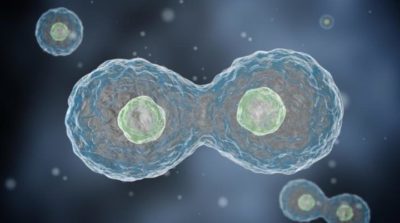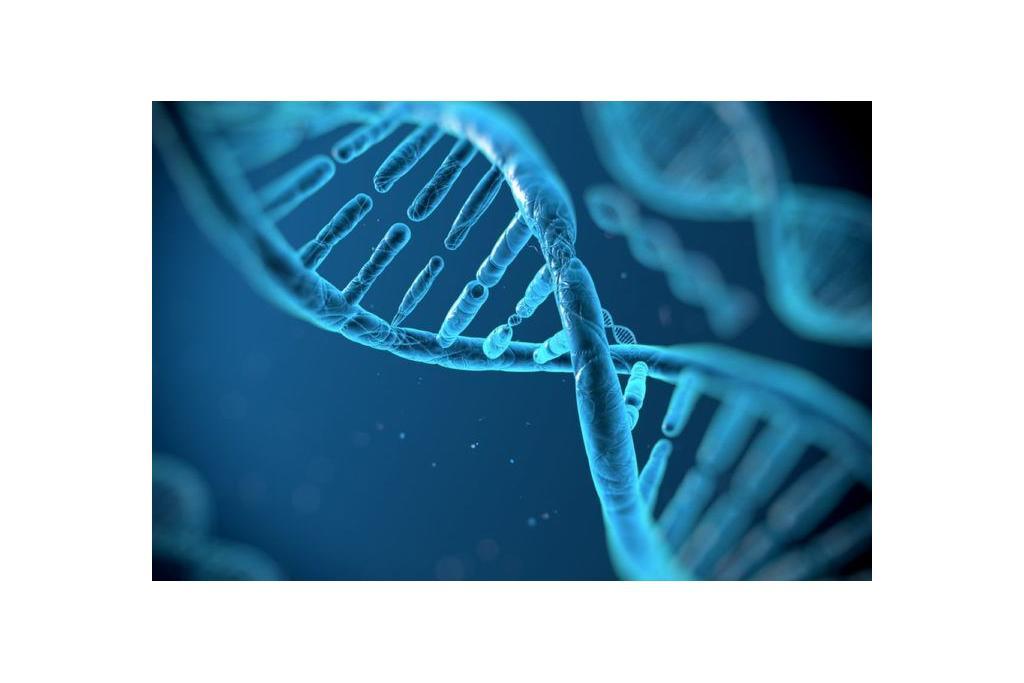Regenerative Medicine in Wound Healing
Can regenerative medicine fully heal wounds that are currently beyond repair?
Regenerative medicine uses three methods to work with the body’s natural processes of wound healing – regeneration, replacement, and rejuvenation. Unfortunately, as many as one-third of chronic wounds do not respond to traditional treatment. When these methods do not work for non-healing or chronic wounds, other alternatives like regenerative medicine can be explored. Pressure ulcers, burns, vascular ulcers, and other age-related wounds may be successfully treated using newer technology.
Regenerative Medicine Using Stem Cells
Regenerative medicine includes stem cell technology, which is a rapidly expanding medical discovery. In 1950, scientists and doctors began breakthroughs using adult stem cells found in bone marrow. These discoveries marked the beginning of bone marrow transplants as we know them today. Then in 1981, stem cells were successfully derived from the embryonic stems of mice. However, it wasn’t until 1998 that scientists were able to successfully utilize embryonic stem cells from humans, making stem cell adoption still relatively new.
Embryonic stem cells are a primary focus of current stem cell research, as they are pluripotent. Pluripotent cells can transform into one of the 200+ cell types of the adult body. Adult stem cells, on the other hand, serve a primary purpose of replenishing dying or damaged cells and regenerating tissues.
Stem cell advancements have helped conditions like heart failure, diabetes, and degenerative nerve, bone, and joint conditions.
Replacement
Organ transplants fall into the replacement category. Replacement tissue, cells, and organs come from living or deceased organisms and are used where the body’s own may be insufficient. Full skin graphs are also considered replacement technology. The biggest challenge with replacement methods today is the shortage of donors- the key physiological characteristics of donor body and recipient body must align for acceptance. It can take years for certain patients to find their donor match, especially for organ donation.
Rejuvenation

Rejuvenation is the enhancement of the body’s existing recovery process to achieve accelerated wound healing. One of the most interesting examples of rejuvenation includes using a patient’s own skin cells. These original skin cells are sent to a laboratory and reprogrammed to have certain characteristics. Once programmed, these re-engineered skin cells are delivered back to the patient to treat the disease. Most rejuvenation practices involve cellular manipulation. Rejuvenation is also common in many superficial anti-aging procedures. Artificial substitutes can also be used in certain rejuvenation techniques.
Another interest is the use of 3-D scaffolding that is implanted in the affected area. Such scaffolds contain fibroblasts, the cells that produce collagen, promote the adhesion of new cells and help from new, functioning tissue.
How can it help with wound healing?
As medical technology advances and access to healthcare increases, the general population is living longer. As we already know, the body’s ability to repair itself becomes slower and less efficient with age. Using replacement, rejuvenation, and reparative medicine addresses these natural shortcomings. Although many health conditions are age-related, other wounds are simply resistant to traditional wound management. By working with the body’s natural healing process, clinicians can begin to help fix the problem for these patients rather than just mitigating and managing the symptoms.
As a fairly new development, rejuvenation and regenerative medicine are still undergoing research to find the best ways to apply it to the wound healing process. However, it may someday accompany dressings and antibiotics as common elements of the recovery process.
Informational Source – The Mayo Clinic


Awesome, such a piece of knowledgeable information. I really appreciate your hub.
Thanks for this.
It really caught my attention when I reading about Wound Care Swagger. And your explaining way was very nice. Thank you for giving information about Wound care.